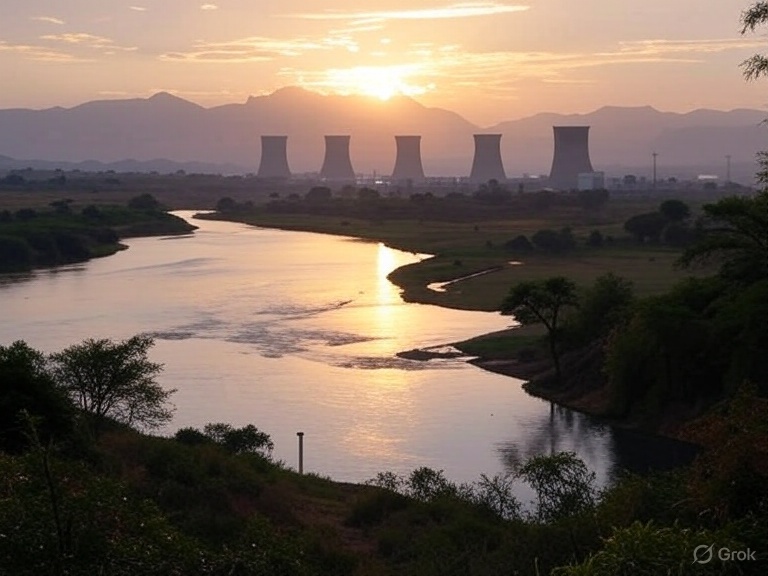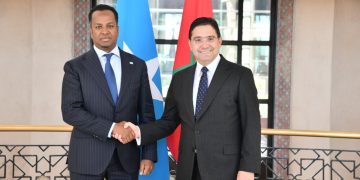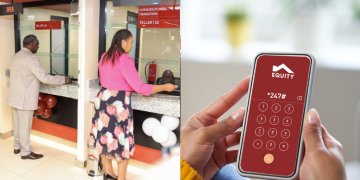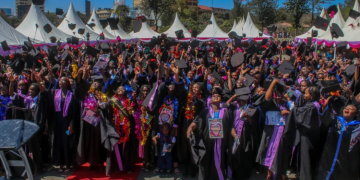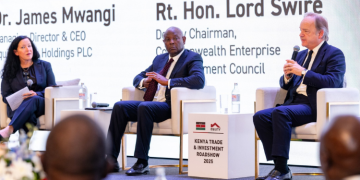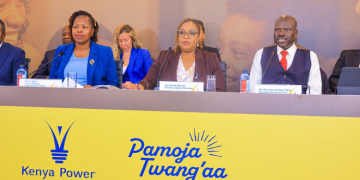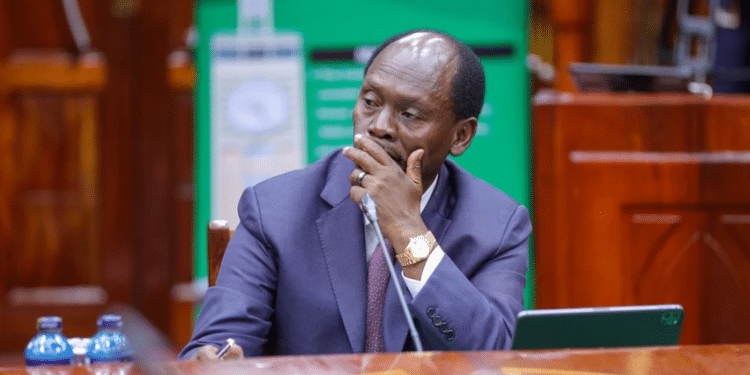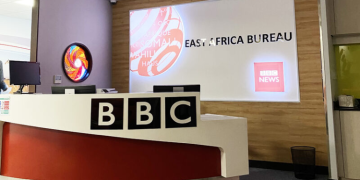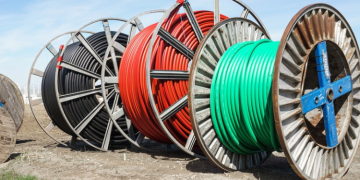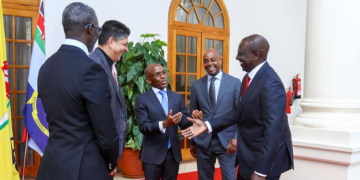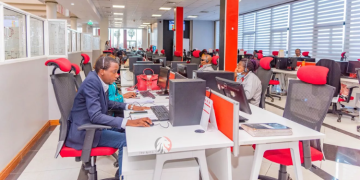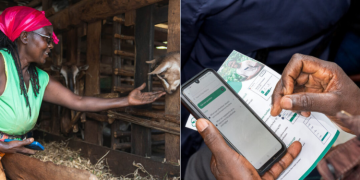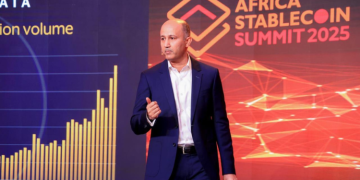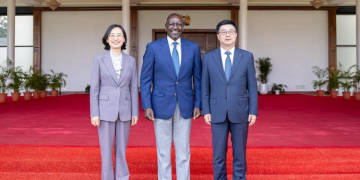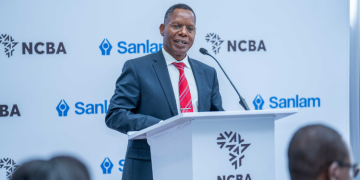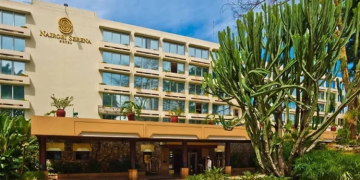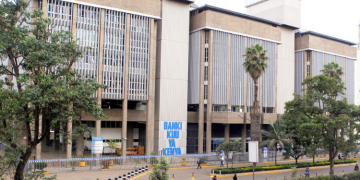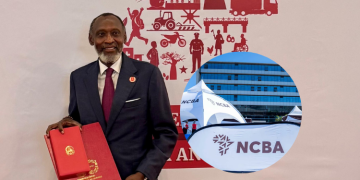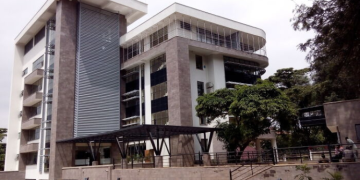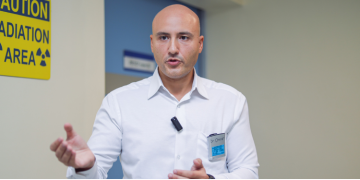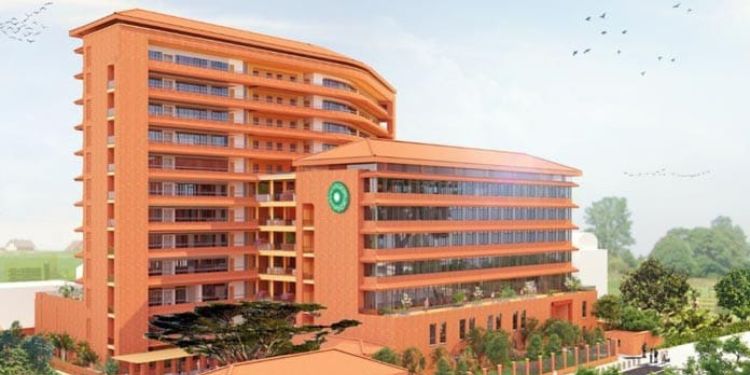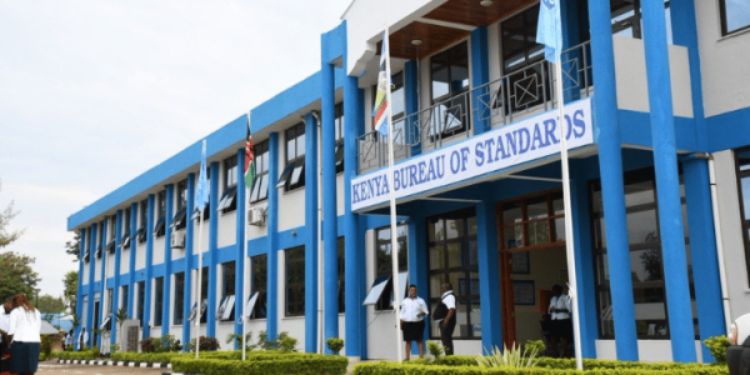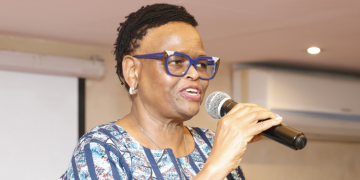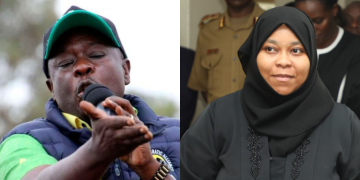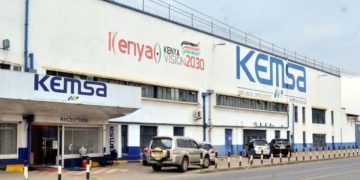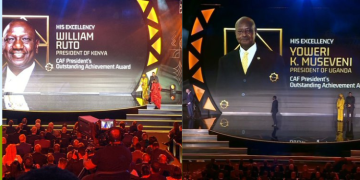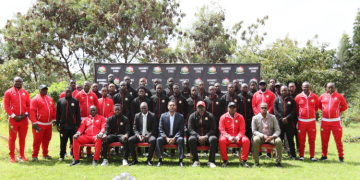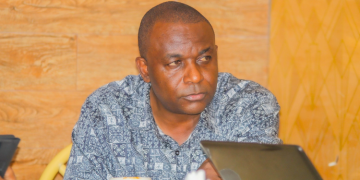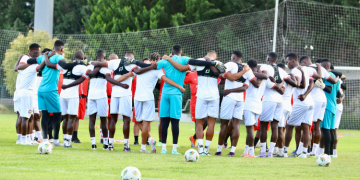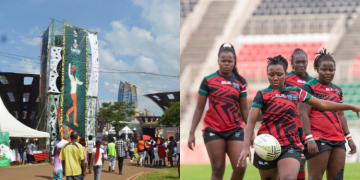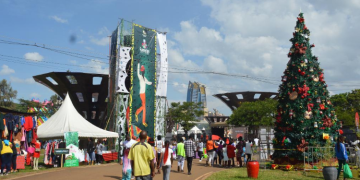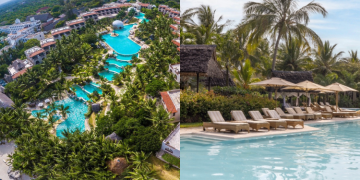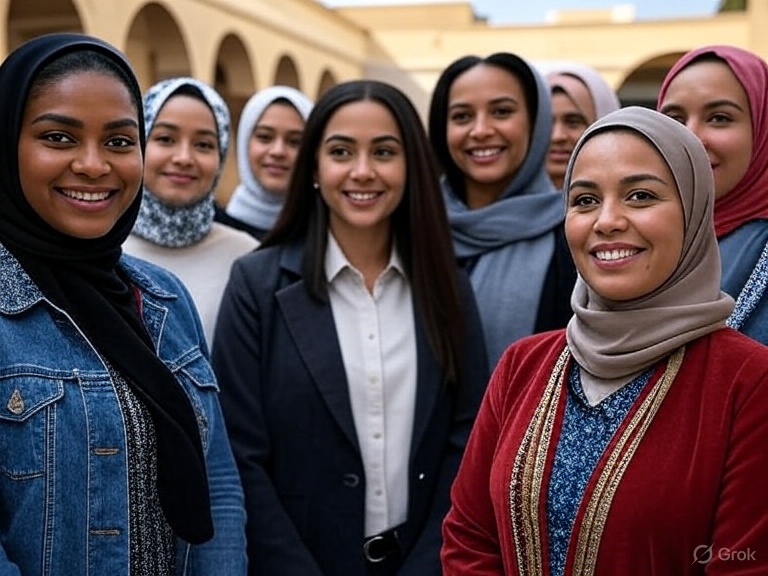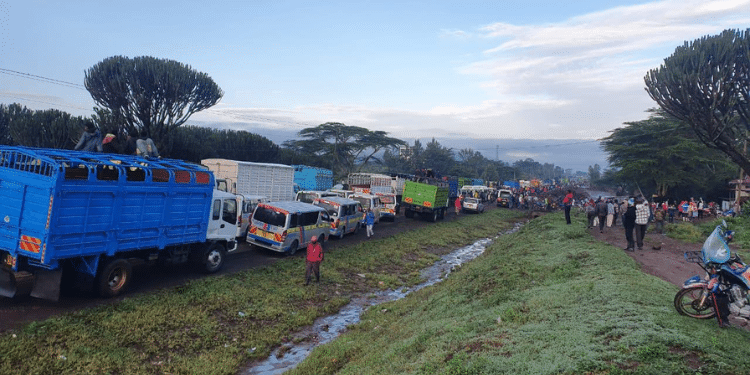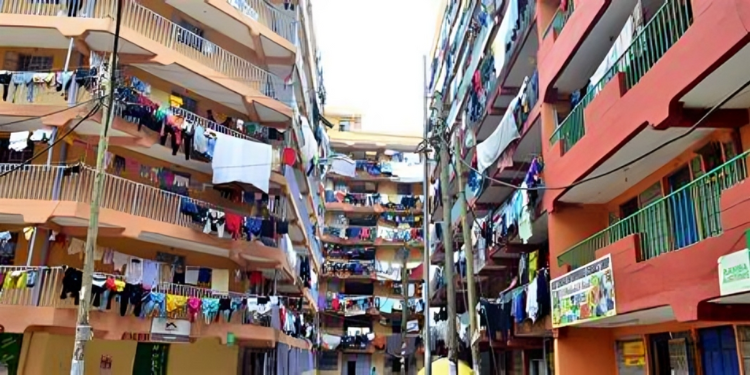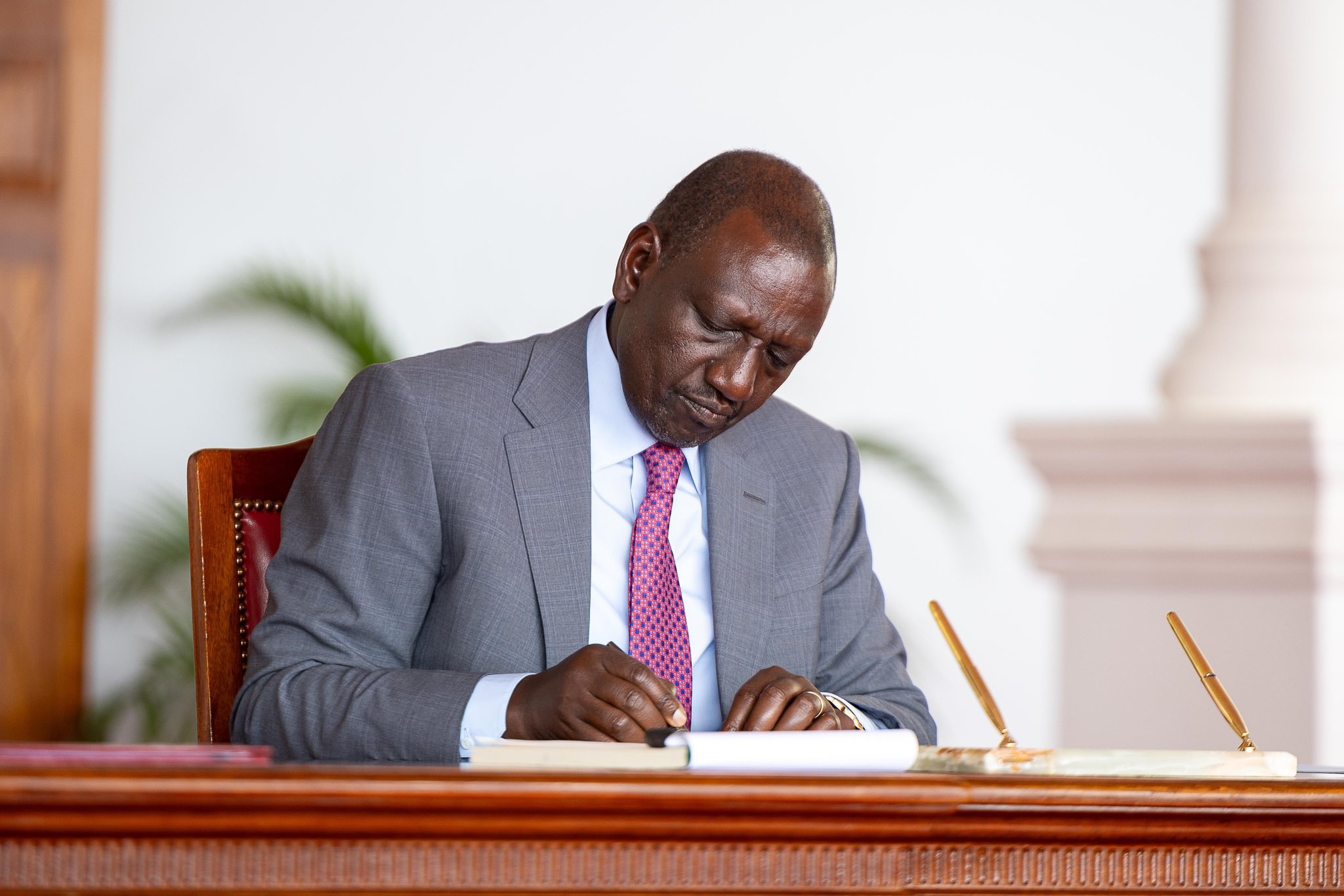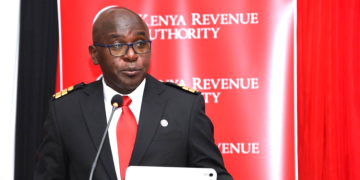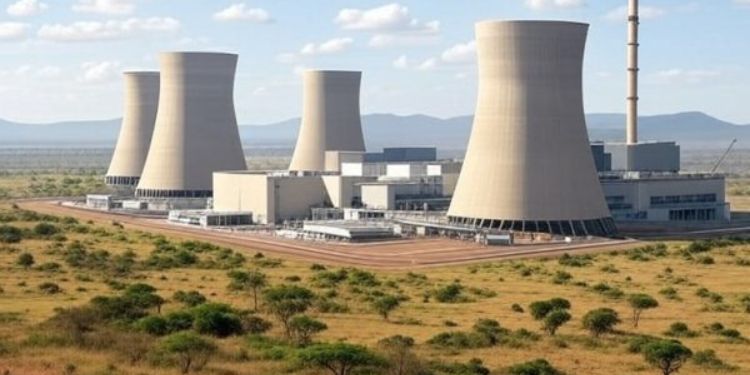Nuclear Renaissance 2.0 hit full throttle in September 2025. It began in Paris, where the Organization for Economic Co-operation and Development (OECD) ministerial talks explored the use of high-temperature gas-cooled reactors to decarbonize the heavy industry sector.
Vienna followed with the 69th International Atomic Energy Agency (IAEA) General Conference, where regulators and ministers from every continent wrestled with financing, safety, and trust.
Shanghai’s WANO Workshop brought the focus back to readiness with discussions on how to facilitate training on safety culture and how to streamline the process for countries preparing their first reactors.
Later, when Moscow hosted World Atomic Week, which marked 80 years of nuclear innovation, everyone’s attention was drawn to the first BRICS+ Youth Declaration on Atomic Cooperation.
SMRs Steal the Spotlight
Most curious among all these was perhaps the exuberance with which Small Modular Reactors (SMRs) dominated proceedings. Factory-built, under 300 megawatts, promises of shorter lead times and lower headline capital needs, these technologies are rightfully attractive to treasuries that dread billion-dollar projects.
The catchy headlines that reported the potential role that SMRs can play in Africa, however, ignored the unique practicality and economics at play for African newcomers like Kenya. On a per-kilowatt basis, SMRs tend to be more costly than their conventional counterparts.
While the cost of building a modern Gen III+ gigawatt nameplate reactor can land in the ballpark of Ksh. 600,000 per kilowatt installed, most SMR vendors are talking of about Ksh. 1 million.
This difference scales fast per kilowatt hour to be installed.
Africa’s Energy Reality and Industrial Needs
Amid rapid urbanization and an increase in population, Africa’s electrification and industrial goals cannot, however, be solved by such hypotheticals.
Power-hungry modern industries like the data centers feeding AI hubs, hydrogen electrolyzers, desalination plants, and heavy industry demand a steady, round-the-clock baseload. History shows that countries that industrialized with nuclear power, such as South Korea, did so by building fleets of large conventional units rather than by gradually increasing capacity.
The IAEA Milestone Approach rightly insists on institutional investments before construction, but these costs are the same whether we are aiming for an SMR or a gigawatt-scale reactor. If governments will spend a decade and substantial public funds to build regulation and oversight, it is rational to extract the maximum system utility from such investments.
Creating the regulator and training inspectors for a boutique Lead-Bismuth Eutectic cooled Fast SMR that cannot shift the national energy balance is thus a poor return on public money.
Also Read: Why BRICS+ and Its Nuclear Power Platform Is an Excellent Place for African Newcomers
Financing Challenges and Regional Cooperation
Conventional plants come with caveats, though, the most serious of which is the financing. A gigawatt conventional plant costs around Ksh 500 billion and takes years. Such lead times come with the risk that has dogged companies like Westinghouse (US) and EDF (France) for decades.
Amelioration of such hefty upfront capital costs was presented as the advantage that SMRs would have over their conventional counterparts, making nuclear power technology accessible to cash-strapped newcomers. However, conventional projects have a proven track record of producing long-life revenue streams, which in turn attract institutional capital, export credit agencies, and concessional development finance.
BRICS+ vendors, for example, have demonstrated the maturity and proven effectiveness of state-backed financial packages that bundle loans, technology transfer, and fuel contracts to enhance the bankability of conventional plants.
Even the most modest nuclear plants in newcomers will require the replacement of ancient transmission, the incentivization of balanced markets, and regulatory oversight that will not scale with size. One way to address these challenges is to leverage already established regional structures like the East Africa Power Pool, which presents the option of a coordinated nuclear industrial corridor that can stretch from Siaya in Kenya to Buyende in Uganda.
Also Read: IAEA Milestones – Africa’s Map the Global Nuclear Power Race
Scalability and the Future of Nuclear in Africa
This has a precedent. Scandinavia’s shared capacity and relatively stabilized markets have allowed all to avoid the inefficiency of isolated builds. Shared procurement and harmonized licensing regimes have also reduced unit costs. In contrast United Kingdom’s project at Hinkley remains saddled with hideous cost overruns.
Agenda 2063’s call for industrialization, energy sovereignty, and broad-based job creation requires scalability, regionalism, and longevity. SMRs and micro-reactors may have some niches in remote mining sites, island grids, or heat applications in isolated industrial parks.
Conventional reactors, built as part of regional fleets, tick more boxes.
If we really want successful domestic nuclear projects, we have to be aware that while SMRs are competing with conventional builds in the West, nuclear plants in newcomers like Kenya will be competing with dirt-cheap fossil fuel options.
Even with promises of mass production driving down costs, the economics of SMRs will remain largely hypothetical for quite a while, and as such, we in the Silicon Savanah have to explore all our conventional options.
Follow our WhatsApp Channel and join our WhatsApp Group for real-time news updates.
